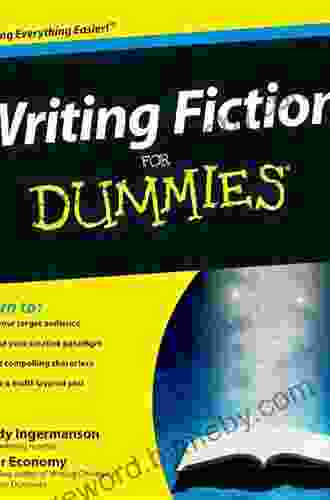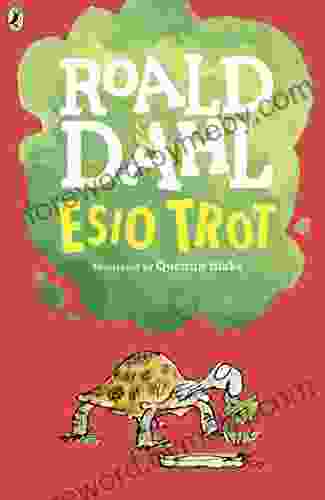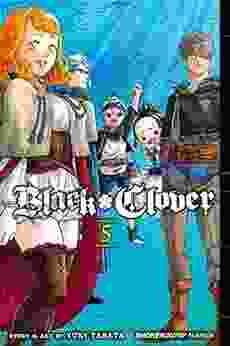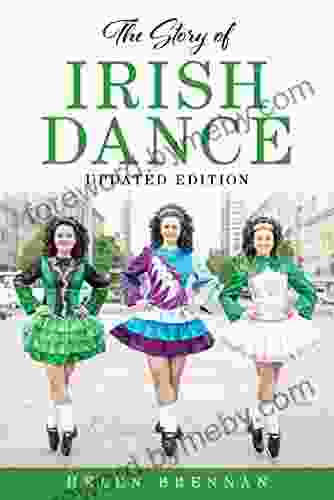Applying Lean Systems Thinking to Government and Service Organizations

Lean Systems Thinking (LST) is a management philosophy that focuses on improving processes and systems to reduce waste and improve efficiency. LST has been successfully implemented in a variety of industries, including manufacturing, healthcare, and government.
This book provides a comprehensive overview of LST and its application to government and service organizations. The book provides practical guidance on how to implement LST in organizations, including case studies and examples from real-world applications.
LST is a management philosophy that focuses on improving processes and systems to reduce waste and improve efficiency. LST is based on the following principles:
4.3 out of 5
| Language | : | English |
| File size | : | 13672 KB |
| Text-to-Speech | : | Enabled |
| Screen Reader | : | Supported |
| Enhanced typesetting | : | Enabled |
| Word Wise | : | Enabled |
| Print length | : | 289 pages |
- Value: LST focuses on creating value for the customer. Value is defined as anything that the customer is willing to pay for.
- Waste: LST identifies and eliminates waste from processes and systems. Waste is anything that does not add value to the customer.
- Flow: LST creates a smooth flow of work through processes and systems. Flow is essential for reducing waste and improving efficiency.
- Pull: LST uses a pull system to schedule work. In a pull system, work is only started when it is needed by the customer. This helps to reduce waste and improve efficiency.
LST can provide a number of benefits to government and service organizations, including:
- Reduced waste: LST can help organizations to identify and eliminate waste from processes and systems. This can lead to significant cost savings.
- Improved efficiency: LST can help organizations to improve the efficiency of their processes and systems. This can lead to increased productivity and improved customer service.
- Increased customer satisfaction: LST can help organizations to improve customer satisfaction by reducing waste and improving efficiency. This can lead to increased revenue and improved reputation.
Implementing LST in government and service organizations can be a challenge, but it is possible with careful planning and execution. The following steps can help organizations to implement LST successfully:
- Assess the current state: The first step is to assess the current state of the organization's processes and systems. This assessment should identify areas of waste and inefficiency.
- Develop a vision for the future: The next step is to develop a vision for the future state of the organization. This vision should include goals for reducing waste and improving efficiency.
- Create a plan: The next step is to create a plan for implementing LST. This plan should include a timeline, budget, and resources.
- Implement the plan: The final step is to implement the plan. This step may require changes to processes, systems, and culture.
The book includes a number of case studies that illustrate how LST has been successfully implemented in government and service organizations. These case studies provide valuable insights into the challenges and benefits of implementing LST.
LST is a powerful management philosophy that can help government and service organizations to reduce waste, improve efficiency, and increase customer satisfaction. This book provides a comprehensive overview of LST and its application to government and service organizations. The book provides practical guidance on how to implement LST in organizations, including case studies and examples from real-world applications.
This book is available for Free Download on Our Book Library.com. Click here to Free Download your copy today!
4.3 out of 5
| Language | : | English |
| File size | : | 13672 KB |
| Text-to-Speech | : | Enabled |
| Screen Reader | : | Supported |
| Enhanced typesetting | : | Enabled |
| Word Wise | : | Enabled |
| Print length | : | 289 pages |
Do you want to contribute by writing guest posts on this blog?
Please contact us and send us a resume of previous articles that you have written.
 Book
Book Novel
Novel Page
Page Chapter
Chapter Text
Text Story
Story Genre
Genre Reader
Reader Library
Library Paperback
Paperback E-book
E-book Magazine
Magazine Newspaper
Newspaper Paragraph
Paragraph Sentence
Sentence Bookmark
Bookmark Shelf
Shelf Glossary
Glossary Bibliography
Bibliography Foreword
Foreword Preface
Preface Synopsis
Synopsis Annotation
Annotation Footnote
Footnote Manuscript
Manuscript Scroll
Scroll Codex
Codex Tome
Tome Bestseller
Bestseller Classics
Classics Library card
Library card Narrative
Narrative Biography
Biography Autobiography
Autobiography Memoir
Memoir Reference
Reference Encyclopedia
Encyclopedia Erin T Gates
Erin T Gates Pete Egoscue
Pete Egoscue Jason Gruhl
Jason Gruhl Frank Mcdonough
Frank Mcdonough Erik J Brown
Erik J Brown Erin Beaty
Erin Beaty Semion Vinokur
Semion Vinokur Frank Ching
Frank Ching Erin Eileen Leigh
Erin Eileen Leigh Phillip Brown
Phillip Brown L M Roth
L M Roth Katherine Keith
Katherine Keith Trader Dale
Trader Dale Frank Arjava Petter
Frank Arjava Petter Erin Stern
Erin Stern Frank Joseph
Frank Joseph Paul Lobo
Paul Lobo Flavius Josephus
Flavius Josephus F J Fitzgerald
F J Fitzgerald Ivan So
Ivan So
Light bulbAdvertise smarter! Our strategic ad space ensures maximum exposure. Reserve your spot today!

 Fyodor DostoevskyHappy Birthday, Puppy Pals: A Tail-Wagging Adventure for Your Little Reader
Fyodor DostoevskyHappy Birthday, Puppy Pals: A Tail-Wagging Adventure for Your Little Reader
 Chandler WardUnlock the Secrets of Captivating Fiction: The Ultimate Guide for Aspiring...
Chandler WardUnlock the Secrets of Captivating Fiction: The Ultimate Guide for Aspiring... Anthony WellsFollow ·14.6k
Anthony WellsFollow ·14.6k Warren BellFollow ·6.5k
Warren BellFollow ·6.5k Clarence BrooksFollow ·19.6k
Clarence BrooksFollow ·19.6k Thomas PynchonFollow ·11.2k
Thomas PynchonFollow ·11.2k Mario BenedettiFollow ·10k
Mario BenedettiFollow ·10k J.R.R. TolkienFollow ·18.2k
J.R.R. TolkienFollow ·18.2k Samuel Taylor ColeridgeFollow ·14.3k
Samuel Taylor ColeridgeFollow ·14.3k Wesley ReedFollow ·10.5k
Wesley ReedFollow ·10.5k

 Al Foster
Al FosterDive into the Enchanting World of Manatees: An...
Unveiling the Secrets of the Gentle...

 Isaac Mitchell
Isaac MitchellThe Farm Reggie and Friends: US Version - A Captivating...
A Heartwarming Tale that Embraces...

 Esteban Cox
Esteban CoxThe Interior Design Handbook: Your Comprehensive Guide to...
Are you ready to...

 William Wordsworth
William WordsworthFall Head Over Heels for "Esio Trot" by Roald Dahl: A...
Prepare to be charmed, amused, and utterly...

 Caleb Carter
Caleb CarterBlack Clover Vol Light Frida Ramstedt: A Thrilling...
Prepare to be spellbound by...

 Richard Simmons
Richard SimmonsFantastic Mr. Fox: A Literary Adventure That Captivates...
In the realm...
4.3 out of 5
| Language | : | English |
| File size | : | 13672 KB |
| Text-to-Speech | : | Enabled |
| Screen Reader | : | Supported |
| Enhanced typesetting | : | Enabled |
| Word Wise | : | Enabled |
| Print length | : | 289 pages |








